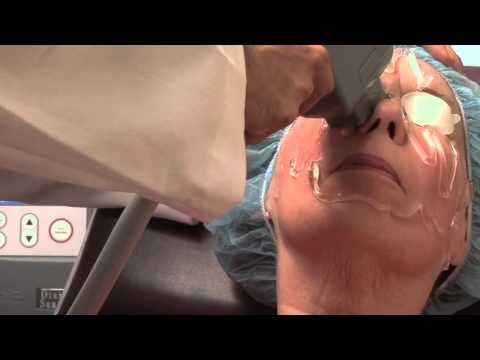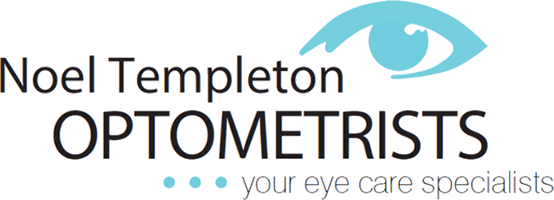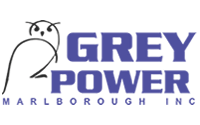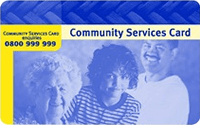-
IPL – Intense Pulse Light Therapy
Dry Eye Treatments – Intense Pulsed Light (I.P.L.) Therapy
E-EYE is an IPL (Intense Pulse Light) device that generates polychromatic pulsed light to stimulate the Meibomian Glands that produce the oil layer of the tears which reduces the tears evaporation.
E-EYE is an IPL (Intense Pulse Light) device that generates polychromatic pulsed light by producing perfectly Calibrated and homogenously sequenced light pulses.
The energy, spectrum and time period are precisely set to stimulate the Meibomian Glands that produce the oil layer of the tears which reduces the tears evaporation.

Medically certified
E-Eye has a Medical CE certification in Europe and is also a registered medical device listed under the TGA in Australia and WAND in New Zealand.
Fast and easy treatments
Treatment only takes three to five minutes.
An Initial full eye exam is required to establish the health and condition of your tears and eyes and is included in the three treatments
Treatment Protocol
-
Prior to treatment
The eyecare specialist will review the patients dry eye condition and assess their skin phototype from grade I (fair skin) to grade IV (Black skin).
-
During treatment
– Remove all make up from the skin.
– Fit the patient with protective goggles.
– Fit the operator with protective glasses.
– Apply conductive gel beneath the eyelid area to ensure even spreading of pulsed light during treatment.
– Apply 4 or 5 flashes beneath the eyelid area.-
After treatment
Treatment is non invasive and patients typically experience relief this varies between people hours to days or very little on the first treatment
-
Contraindications
General contraindications apply regarding ILP devices such as not taking medicines that increase photo-sensitivity, and not flashing near moles, birthmarks or tattoos.
For the best results, treatment should be applied on day 1, day 15, and day 45, and then subsequently at 9-12 month intervals
Clinically proven efficacy
-
Clinical Trial 2012 – France
A study on 150 patients with MGD in 2012 by Dr Christian Malbrel, Ophthalmologist in Reims, France, using the E-Eye device showed 90% satisfaction rate after a series of 3 treatments on day 1, 15 and 45.
Clinical study available on request -
Clinical Trial 2014 – New Zealand
A double blinded, placebo-controlled, clinical trial of 28 patients with MGD in 2014 by Associate Professor Jennifer P. Craig from the Ocular Surface Laboratory within The University of Auckland’s Department of Ophthalmology, using the E-Eye device for 3 treatments. 82% of treated patients showed improvement of at least one lipid layer grade on day 1, and 86% of participants noted reduced symptoms by day 45. There was also significant improvement in non-invasive tear breakup time (NIBUT) vs controls.
Source: Craig, Jennifer P., Yen-Heng Chen, and Philip RK Turnbull. “Prospective trial of intense pulsed light for the treatment of meibomian gland dysfunction.”Investigative ophthalmology & visual science 56, no. 3 (2015): 1965-1970,
available at http://iovs.arvojournals.org/article.aspx?articleid=2277038.To Understand the tear makeup and meibomium gland dysfunction …readmore..
The Video below shows the proceeedure
-
Location & Contact Details
© 2017 - 2025 Noel Templeton Optometrists



